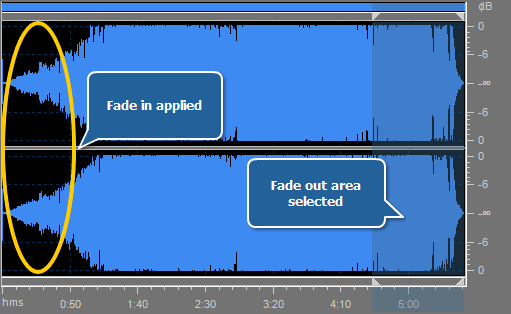If your goal Is to master the art of editing, you´re going to need to know the essential cuts to use when editing a film or video and also know the techniques.
- Standard Cut: The basic cut that put two clips together, connecting the last frame of one and the beginning frame of the next.This Is the most common cut
- Jump Cut: This Is a cut that pushes forward In time. Its normally done within the same frame
- Montage: A montage is an editing technique that, again, signifies the passage of time or helps to give an overall context to the story with quick cuts. You will often see athletes training or preparing for a big match in montages, but it can really be used for almost any transformation by any characters, and is normally undescored by music.
- Cross disolve: Can serve several purposes and motivations within the story. It can signify a passage of time or it can use the overlapping layers or dissolves to show multiple stories or scenes happening at once, but shot at different times.
- Slow Motion: When the action on the screen has been edited to move at a slower rate than the original action did.
- Fade In/Out: Pretty self-explanatory. You fade out one clip and fade in the other. This implies a passage of time most, like a night-to-day switch or someone falling asleep, but can be a bit jarring if not used properly.
- Superimposition: This is where two shots are blended into one, and unliked dissolve, this is not a transition between two different shots.



No comments:
Post a Comment